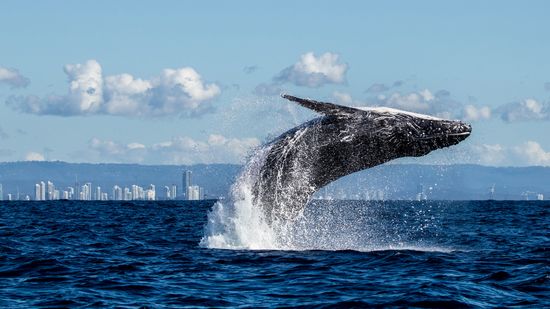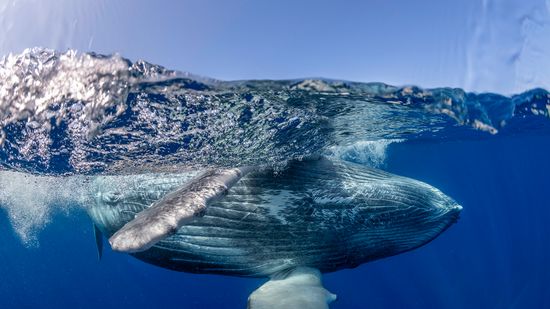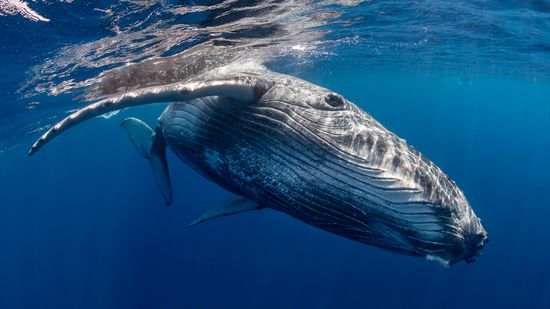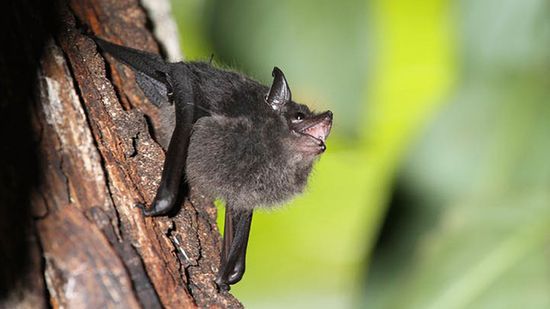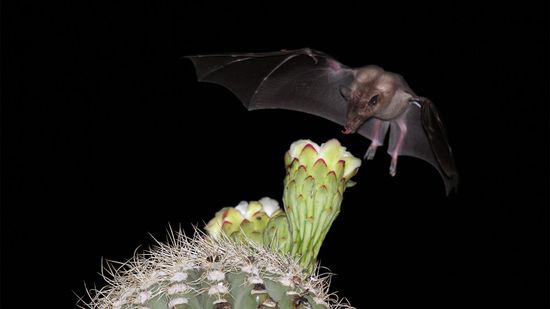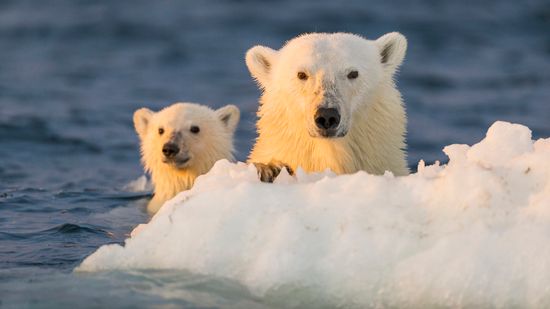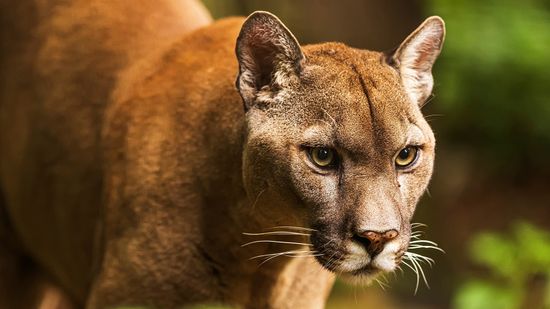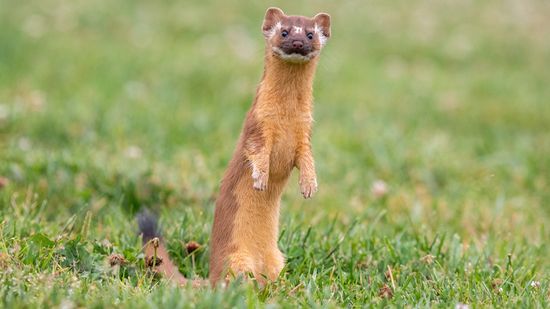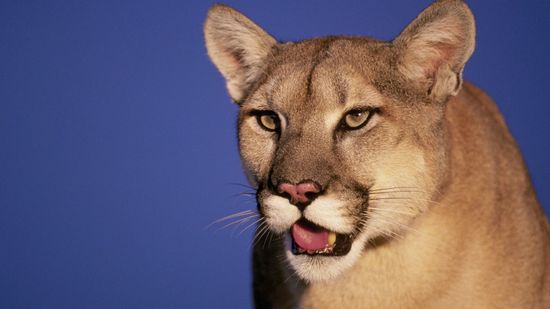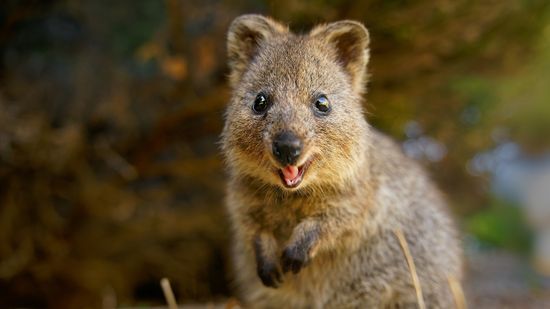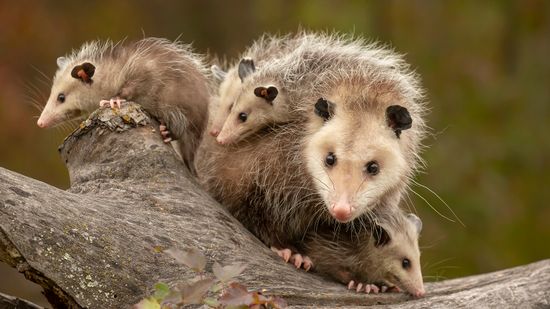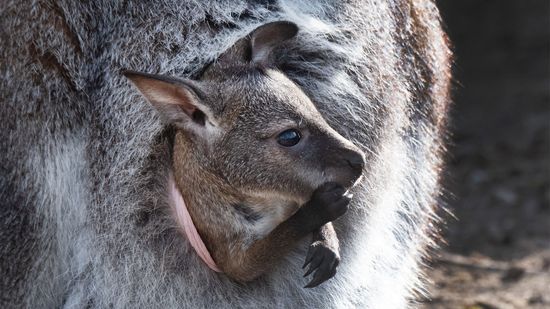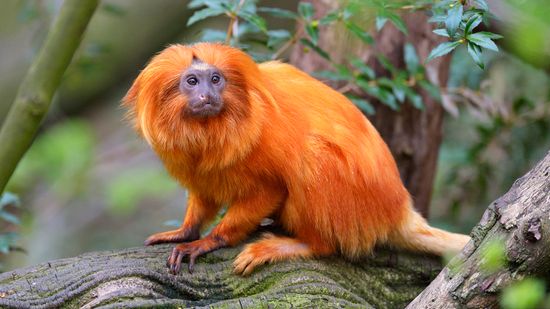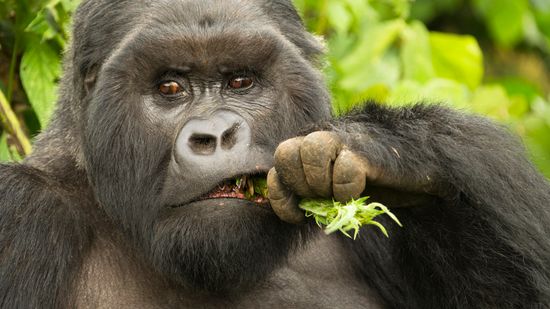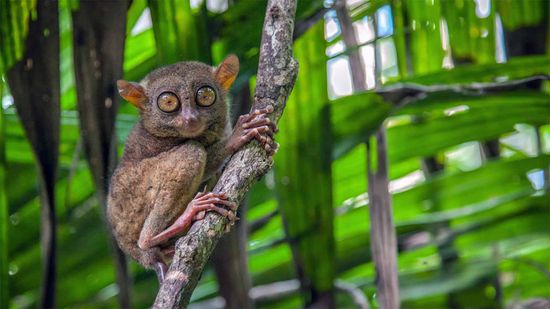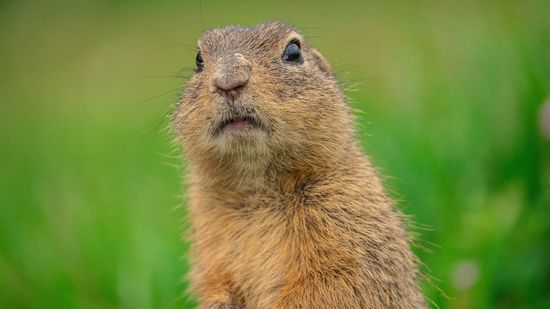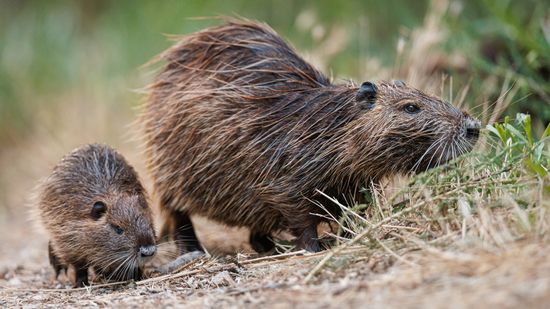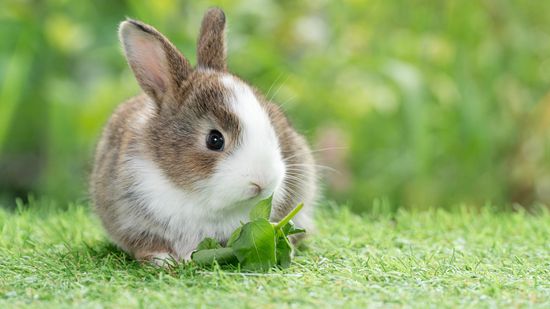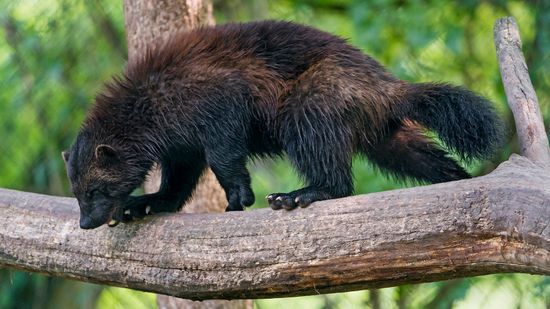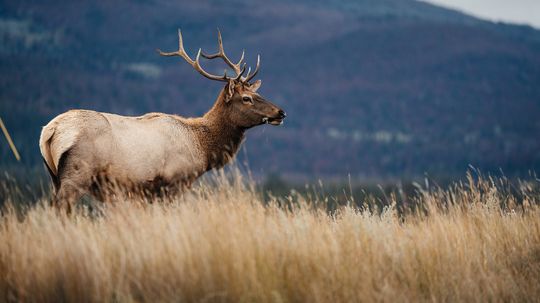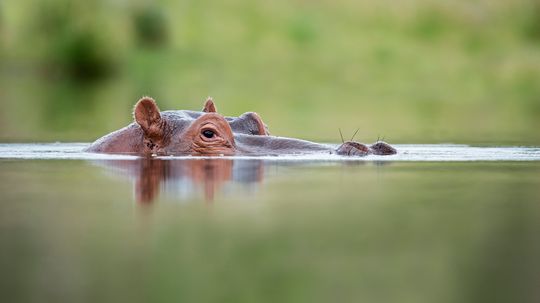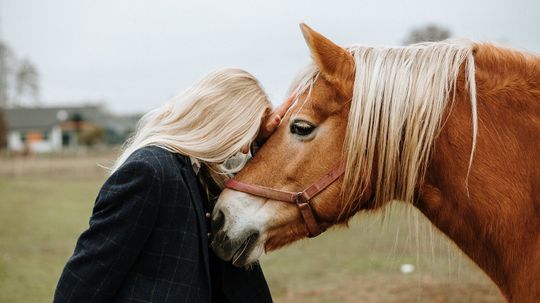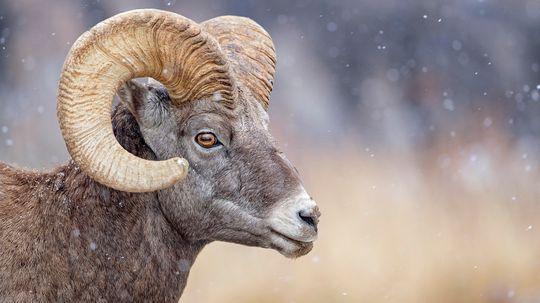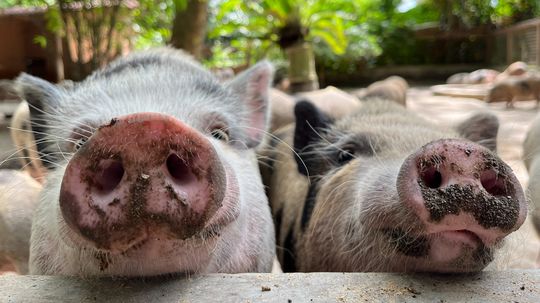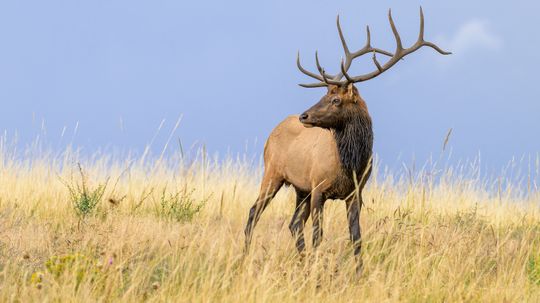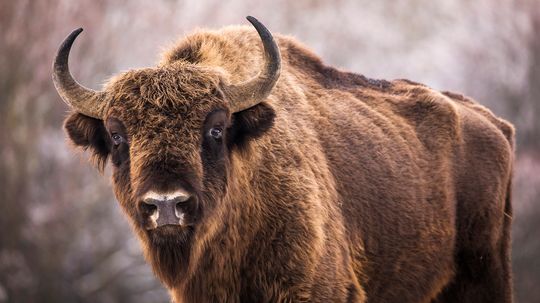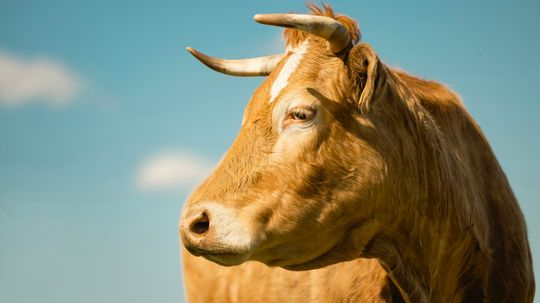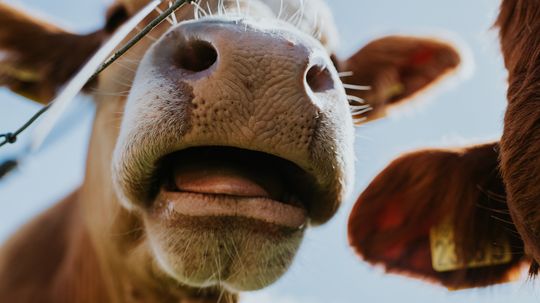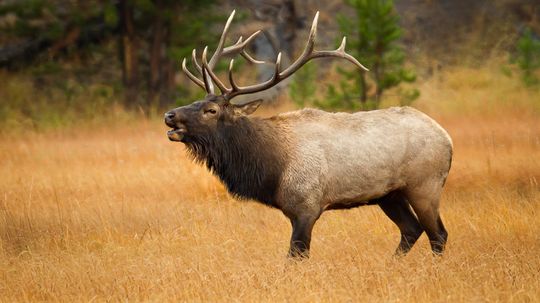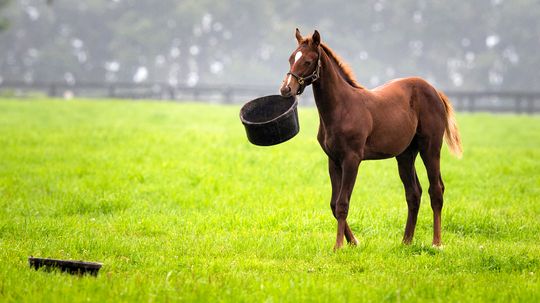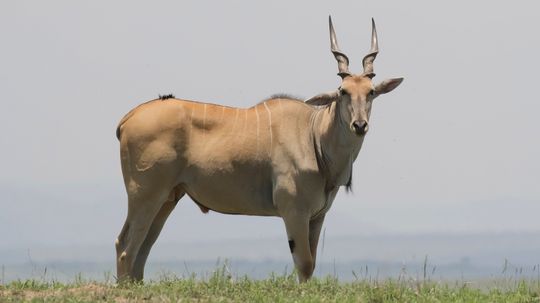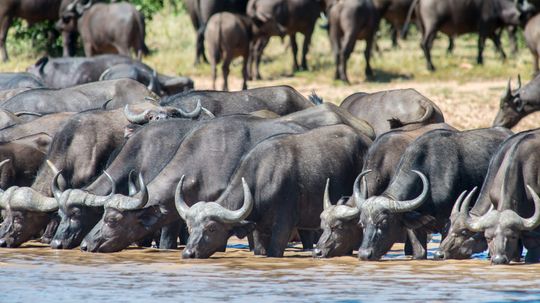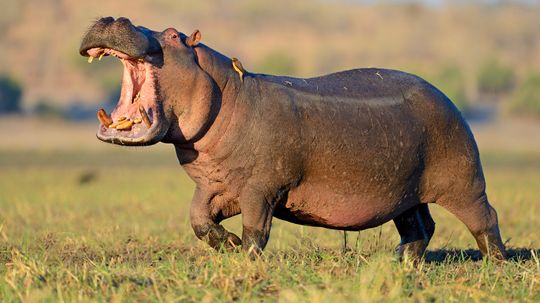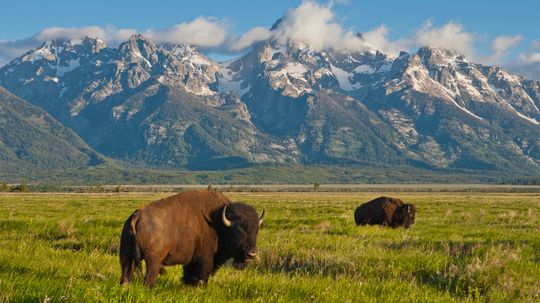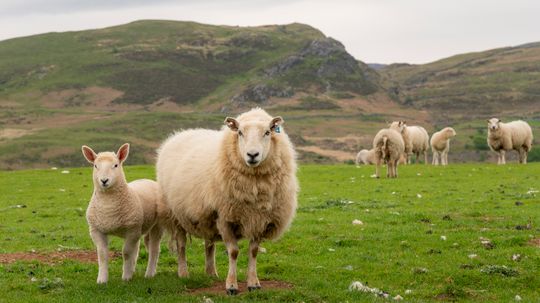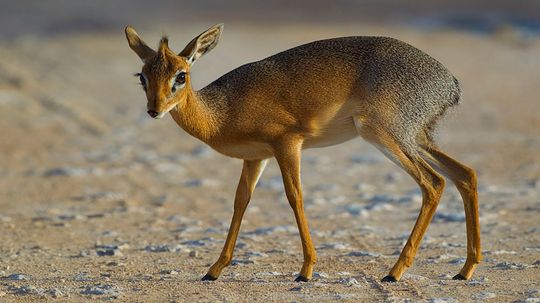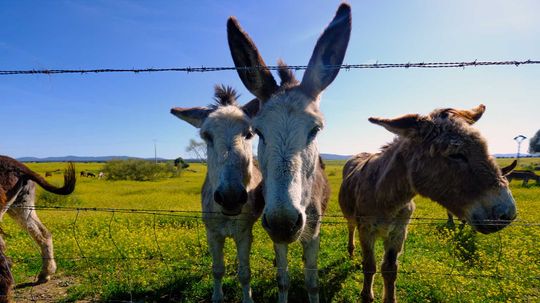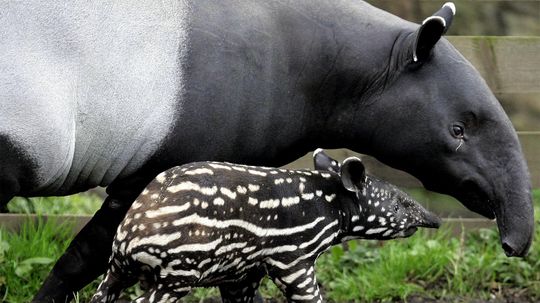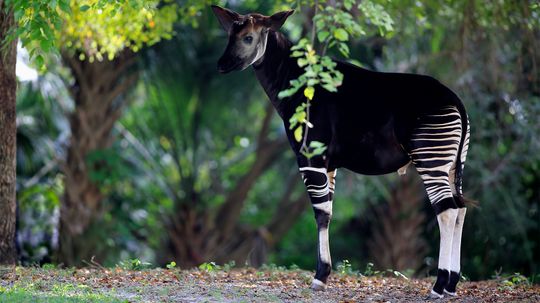Hoofed Mammals
Hoofed animals are generally herbivorious and very diverse. Learn about antelopes, cattle, deer, pigs and sheep.
Learn More
Caribou and elk are both majestic members of the deer family, but they are not the same animal. The caribou vs. elk comparison reveals key differences in appearance, behavior, and habitat that set these two species apart (even though they're often confused).
By Nico Avelle
The question of hippo vs. rhino is seriously a heavyweight showdown in the world of wildlife. These massive animals share African habitats but have very different biology, behavior, and reputations.
By Nico Avelle
With over 300 horse breeds in the world, the horse world is mighty diverse. From miniature horses to heavy draft breeds, the types of horses can be grouped by size, temperament and purpose.
By Nico Avelle
Advertisement
Though often confused, rams and goats are two distinct animals with different traits, behaviors, and roles in livestock farming. When comparing ram vs. goat traits, it helps to start with a clear understanding of what each term means.
By Nico Avelle
Hog vs. pig: What’s the difference? If you’ve ever wondered whether the two are just different names for the same animal, you're not alone. While they’re closely related, it's not always correct to use these terms interchangeably.
By Nico Avelle
When you're hiking through the woods or watching wildlife documentaries, you might find yourself wondering about the differences between two majestic creatures: elk vs. deer.
By Nico Avelle
Massive, majestic and deeply woven into the fabric of North American history, the bison is more than just an iconic mammal; it's a symbol of survival and conservation.
By Nico Avelle
Advertisement
If you've ever stood on a farm and wondered about the ox vs. bull debate, you're not alone. These two male bovine animals might look similar, but there's a key difference that sets them apart.
By Nico Avelle
If you've ever driven past a farm and wondered about ox vs. cow differences, you're tapping into a classic question in animal science.
By Nico Avelle
What do deer eat? If you've ever spotted a deer nibbling on leaves or wandering through a meadow, you might have wondered about preferred deer foods. The answer depends on the season, the environment and even the specific species of deer.
By Nico Avelle
Camels: nature’s ultimate desert survivors! But what do camels eat? These incredible animals have adapted to eat some of the toughest, driest and least appetizing plants on Earth. From thorny plants to salty plants, camels manipulate their environment to get the nutrients they need.
By Mack Hayden
Advertisement
Elk vs. moose comparisons are a lot easier to make when you realize that two of the largest members of the deer family differ significantly in size, behavior and appearance.
By Talon Homer
An adult horse should typically eat about 1.5 to 2 percent of its body weight in food each day. This means a 1,000-pound (454-kilogram) horse may eat 15 to 20 pounds (6.8 to 9 kilograms) of hay and grass daily.
By Ada Tseng
Goats are endlessly curious animals famous for their ability to eat just about anything — but don't be fooled. A goat's diet isn't just about munching on random objects; it requires careful balance to keep all the goats healthy and thriving. So, what do goats eat, really?
By Yara Simón
The eland is one of the largest antelopes — and one of the most graceful. Known scientifically as Taurotragus oryx, the eland lives in Africa, mostly in eastern and southern Africa.
By Yara Simón
Advertisement
Since many of us no longer live in small agricultural societies, while you might be familiar with the idea of a mule, you might not know about the specifics of the actual animal.
By Zach Taras
Today, we're exploring one of Africa's most formidable and awe-inspiring animals: the Cape buffalo. This powerhouse bovine isn't just a member of the prestigious "Big Five" — it's also one of the most dangerous animals on the continent.
Did you know the word "hippopotamus" comes from the ancient Greek for "river horse"? But don't let that fool you; this big, lumbering mammal is anything but a horse. In fact, it's one of the most powerful animals living in Sub-Saharan Africa today.
By Talon Homer
People often use the terms "bison" and "buffalo" interchangeably when referring to large, wooly animals in the Bovidae family. If you drive by one of the two in a national park you may even be inclined to say, "Buffalo, bison - they're basically the same, right?"
By Sascha Bos
Advertisement
If the differences between a lamb vs. a sheep has kept you awake at night, the answer to your musings is simple: A lamb is just a baby sheep.
By Sascha Bos
The name dik-dik comes from the repetitive 'dik' sound the tiny female dik-dik makes when she feels threatened.
Are these strong and dependable animals all the same? If so, why the different names? If not, what makes them different?
The protection of these strange looking, ancient animals, and creatures like them, may be a key component in helping a planet in climate catastrophe.
Advertisement
The okapi may look like a zebra-horse combo, but its closest relative is the giraffe. Here are nine fascinating facts about this curious creature.
By Wendy Bowman
While yaks share the bovine family tree with cows, they're a different species altogether. And, unlike cow dung, yak poop doesn't stink.
By Katie Carman
